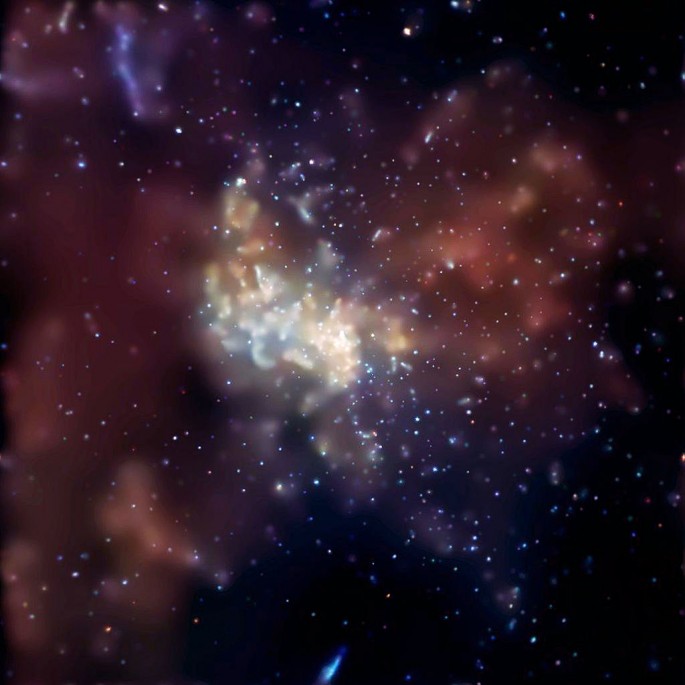The Hitomi satellite of Japan suffered a massive setback back in March following a spacecraft anomaly that abruptly ended its mission. While that instance was unfortunate, the satellite was able to facilitate exquisite data on the Perseus cluster of galaxies.
According to the Christian Science Monitor, the Japan Aerospace Exploration Agency (JAXA) was still able to obtain the data through the aid of an onboard instrument called the “Soft X-ray Spectometer” (SXS). The Hitomi satellite was originally tasked to study galaxy information on how black holes interacted with space time.
It turns out the meager data collected was good enough to return interesting effects of black holes on the Perseus cluster of galaxies, Scientific American reported. With the help of SXS, scientists were able to study gas movement between galaxies which turned out to be less turbulent than initially believed.
The SXS was something developed by the scientists at the NASA Goddard Space Flight Center. It was an instrument designed to measure the X-ray spectrum of gas emissions through a very detailed approach known as microcalorimetry.
With its precise nature, the SXS has aided scientists in better determining the mass of galaxies. It becomes a major advancement in understanding the dynamic behavior of galaxy clusters as pointed out by explained Irina Zhuravleva in a statement from the SLAC National Accelerator Laboratory in Menlo Park, California.
Through the limited time that the Hitomi satellite was up, scientists now have a better understanding on why emission from black holes are swift. It turns out that other gases are stirred up and comparatively slow while only slightly turbulent.
Additionally, the results of Hitomi’s observations rendered that turbulence is only 4% of the gas pressure. Gas velocities measured 365,000 miles per hour which is considered a slow rate in outer space.
Despite the limited data returns, Hitomi’s demise was not entirely in vain. Scientists believe that the discoveries mark a new chapter in X-ray astronomy. There were two previous attempts using microcalorimetry technology that failed back in the early 2000s. A similar and new mission is set for 2028.
Check out the video below to learn more about Japan's Hitomi satellite.



























